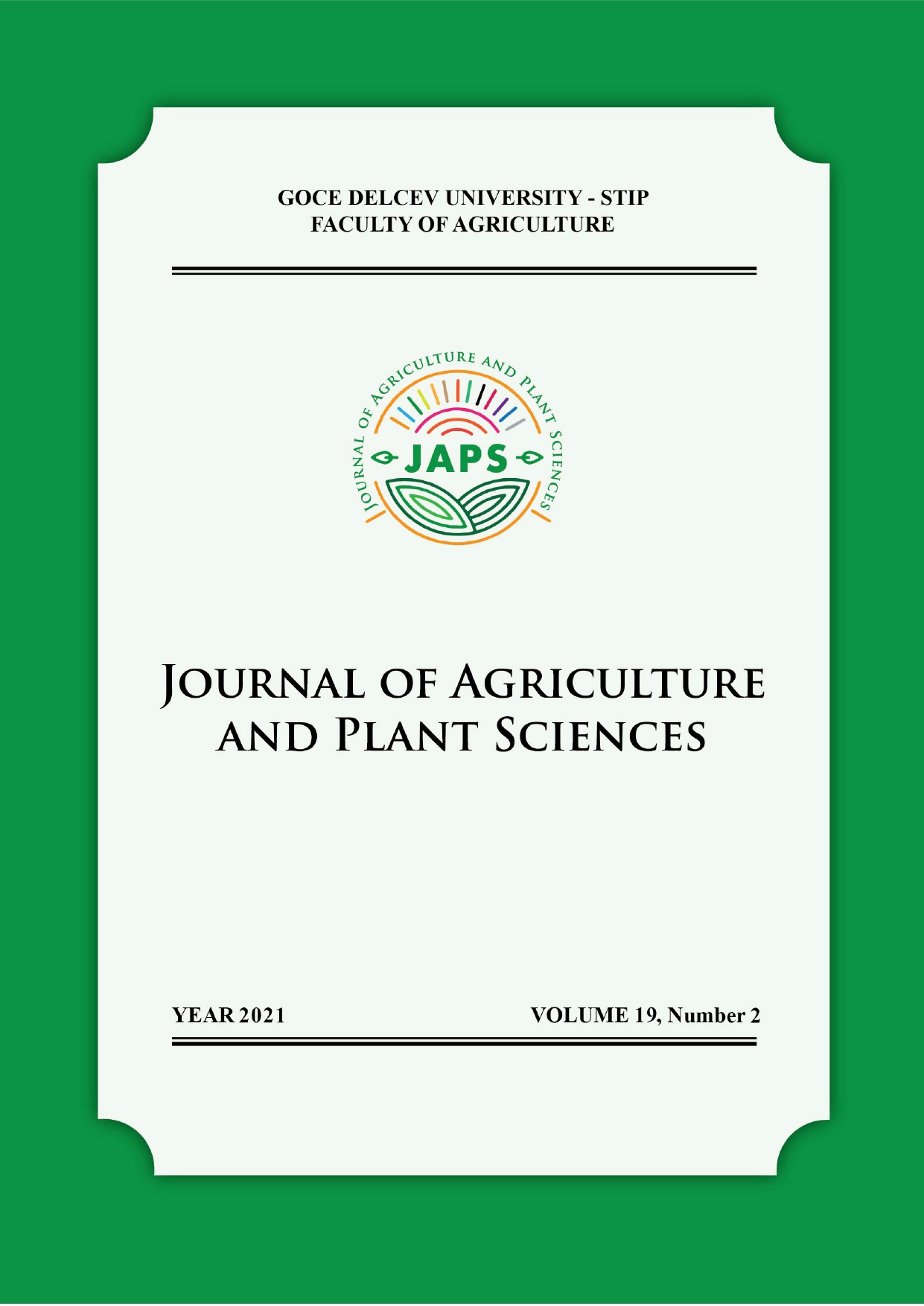ONE FACTORIAL ANOVA IN ASSESSMENT OF GROUNDWATER QUALITY IN VULNERABLE AREA OF AGRICULTURE POLLUTION
DOI:
https://doi.org/10.46763/JAPS21192027kAbstract
Arsenic polluted groundwater was found in the Strumica region located in the south-east part of the Republic of Macedonia where an intensive agriculture production is concentrated on the area of around 1000 km2. Out of 185 samples collected from boreholes, 64 samples have arsenic in concentrations greater than 10 µg/L, from which 30 samples have a concentration greater than 50 µg/L with a maximum concentration of 176.56 µg/L. Pollution mostly occurs in the groundwater located in the central part of the valley characterized by alluvial plains and young aquifer. Around 57% of the polluted samples have origin from deep groundwater with a depth greater than 40 m. Reductive environment, high Fe, Mn, HCO3- concentrations as well as low SO42- and NO3- content in polluted samples suggests that reductive dissolution is a major mechanism by which arsenic is released into the groundwater. Highly polluted samples are characterized by high concentrations of Mn and Fe. Other investigated ions are present in low concentrations. Single factorial ANOVA showed significant differences between As concentrations in shallow and deep groundwater. Multivariate factor analysis was performed to identify the covariance structure between the investigated variables. Arsenic was positively correlated to HCO3- and Mn in shallow groundwater and with HCO3-, Ca, and Mn in deep groundwater suggesting that arsenic is mobilized in groundwater by reductive dissolution of Mn oxides from the bedrock.
Downloads
Published
Issue
Section
License
The intellectual property and copyright on the original content of all scientific contributions in the published paper shall remain with the authors. Authors give permission to the JAPS owner to publish the paper. All authors agree to publish the paper under Attribution-NonCommercial-NoDerivatives 4.0 International license (CC BY-NC-ND 4.0).

